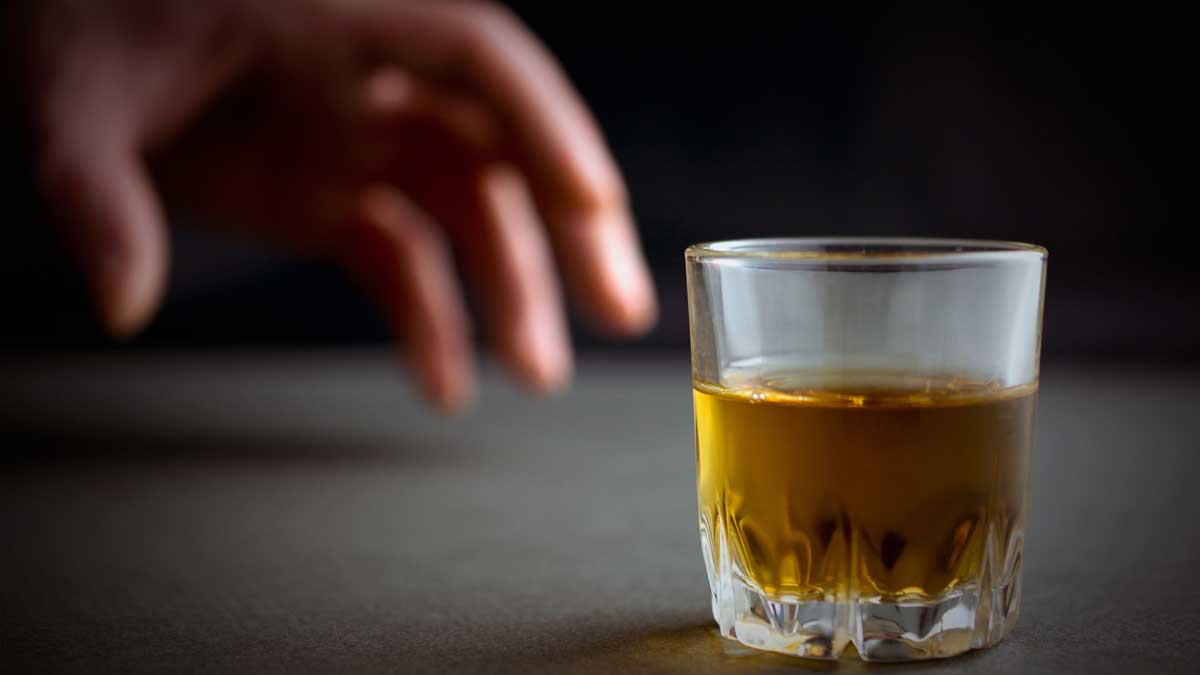By Hanley Foundation Prevention Specialist Amanda Aiken
Most people claim to believe that underage drinking is bad, yet when comparing substance use among youth, alcohol is still the highest used substance. According to the National Institute on Alcohol Abuse and Alcoholism, about 60% of teens have had a minimum of one drink by age 18. In our society, it is common for parents to allow their children to drink on special occasions like holidays, celebrations, and vacations or even “safely” in their home.
There is a very misleading myth that if parents teach their adolescents to “drink responsibly” at home, then they will be able to duplicate this behavior outside of the house. This is not the case. A year review of several studies on parents (Kaynak et al.) allowing teen drinking in the home determined that this practice often leads to “a higher likelihood of drinking during adolescence, heavy episodic drinking, or the frequency of alcohol-related problems.” According to the Substance Abuse and Mental Health Services Administration, some of these alcohol-related consequences can include drug use, poor school performance, injury or death, risky sexual activities, health problems, and poor decision making.
Another false perception is that if parents are too strict or controlling about their child’s drinking during adolescence, the child will then “rebel” when they leave home and no longer have those restraints. Partnership for Drug-Free Kids argues that permissive parenting styles are more likely to result in youth who abuse alcohol and drugs.
Supporting this theory, one study (Berge et al.) on the role of parenting styles in adolescent substance use concluded that compared to authoritative and authoritarian parenting styles, permissive and neglectful styles showed higher rates of drunkenness among junior high-aged children. The lenient parenting style and lack of rules send the message to the youth that “drinking is okay,” resulting in increased use elsewhere.
The younger an individual is when they have their first drink, then the more likely an alcohol use disorder may develop later in life. More specifically, the 2007 “Surgeon General’s Call to Action to Prevent and Reduce Underage Drinking”states that 40% of people who had their first drink before the age of 15 describe their behaviors as parallel to those diagnosed with alcohol dependence. The Community Anti-Drug Coalitions of America states that children who have their first sip of alcohol before 6th grade are five times more likely to have a full drink by 9th grade and four times more likely to get drunk or binge drink by their first semester of high school.
Adolescence can be a difficult period in a child’s life. Youth may want to explore and have the ability to make their own decisions. The best thing that parents can do to help their children is to talk to them about the risks associated with drinking. Having open-ended, age-appropriate conversations with your children will provide long-lasting impressions to help guide your child to make responsible decisions.
References:
National Institute on Alcohol Abuse and Alcoholism. Underage drinking. https://pubs.niaaa.nih.gov/publications/UnderageDrinking/UnderageFact.htm
Kaynak et al. Providing Alcohol for Underage Youth: What Messages Should We Be Sending Parents? J Stud Alcohol Drugs. 2014 Jul; 75(4): 590–605. https://www.ncbi.nlm.nih.gov/pmc/articles/PMC4108600/#
Substance Abuse and Mental Health Services Administration.The Consequences of Underage Drinking. https://www.samhsa.gov/underage-drinking/parent-resources/consequences-underage-drinking
Partnership to End Addiction. Myths debunked: underage drinking of alcohol at home leads to real consequences for both parents and teens. https://drugfree.org/newsroom/news-item/myths-debunked-underage-drinking-of-alcohol-at-home-leads-to-real-consequences-for-both-parents-and-teens/
Berge et al. Role of Parenting Styles in Adolescent Substance Use: Results from a Swedish Longitudinal Cohort Study. BMJ. 2016; 6(1): e008979. https://www.ncbi.nlm.nih.gov/pmc/articles/PMC4735309/
Surgeon General’s Call to Action to Prevent and Reduce Underage Drinking (2007).



